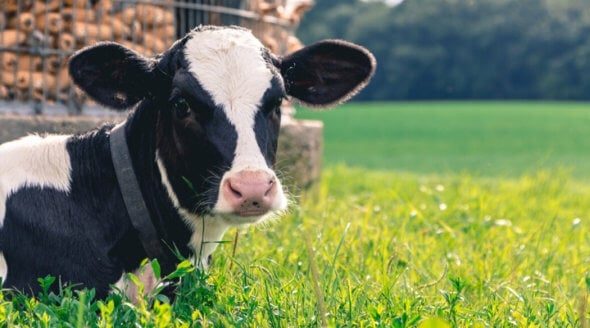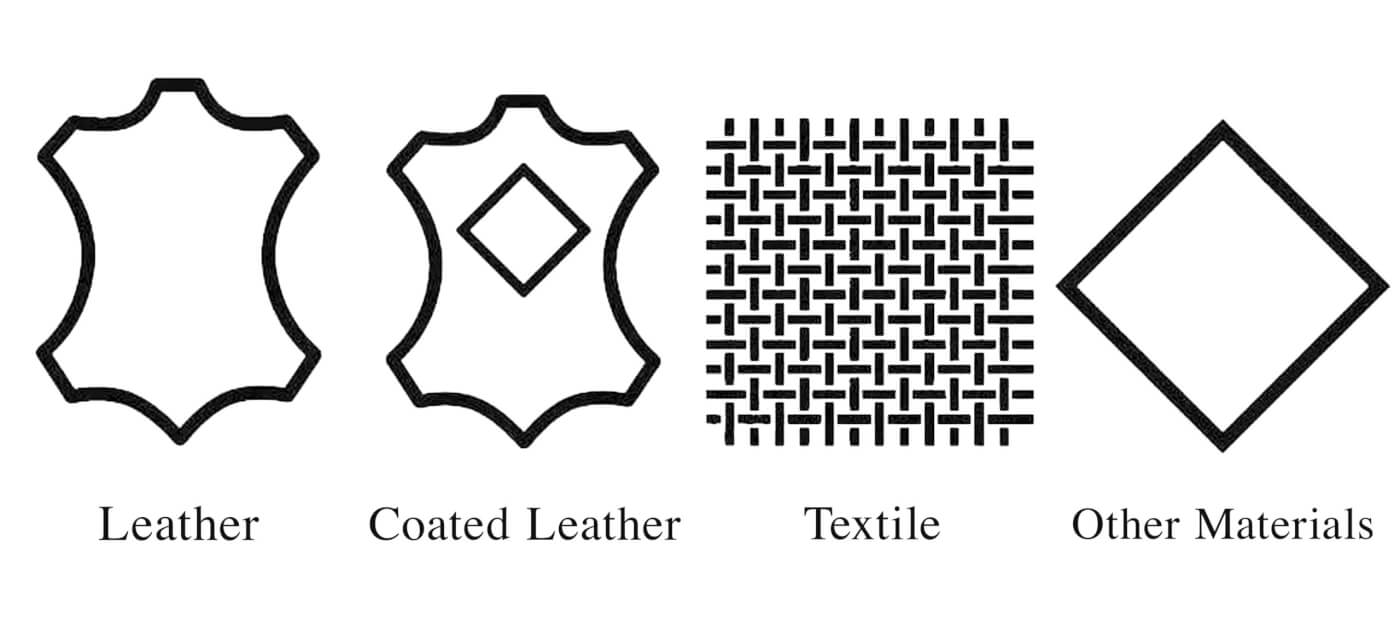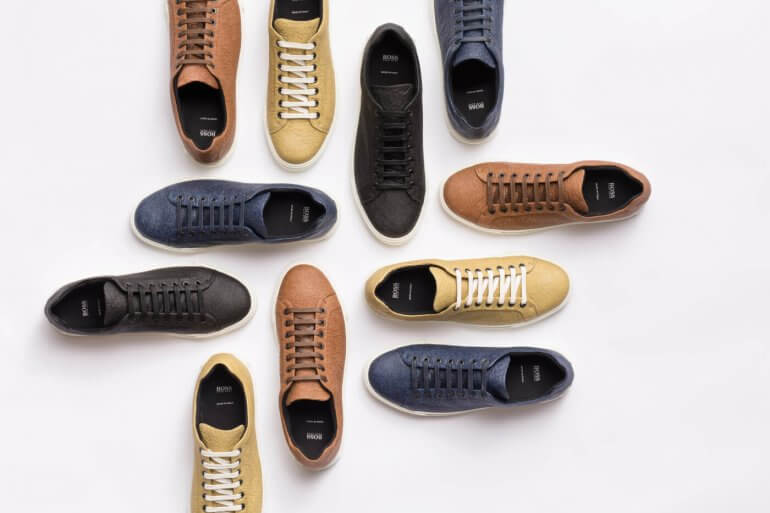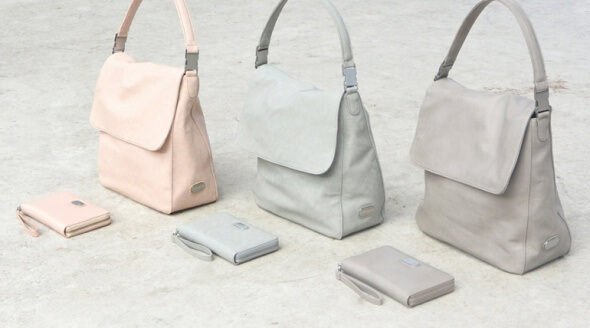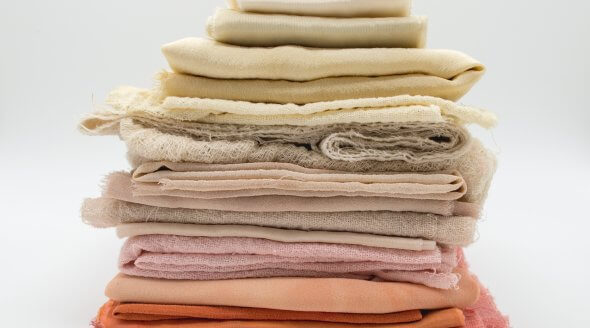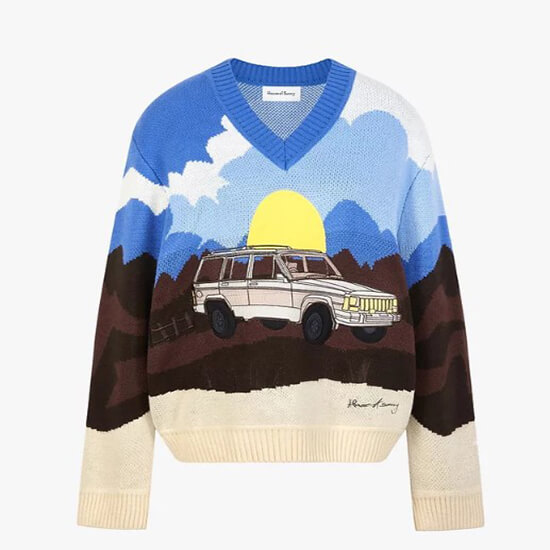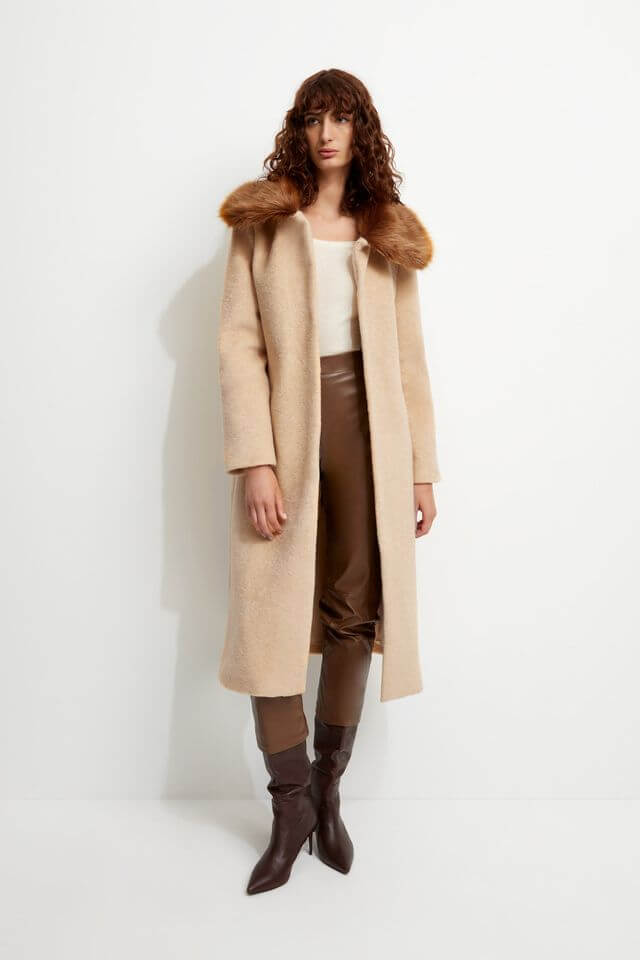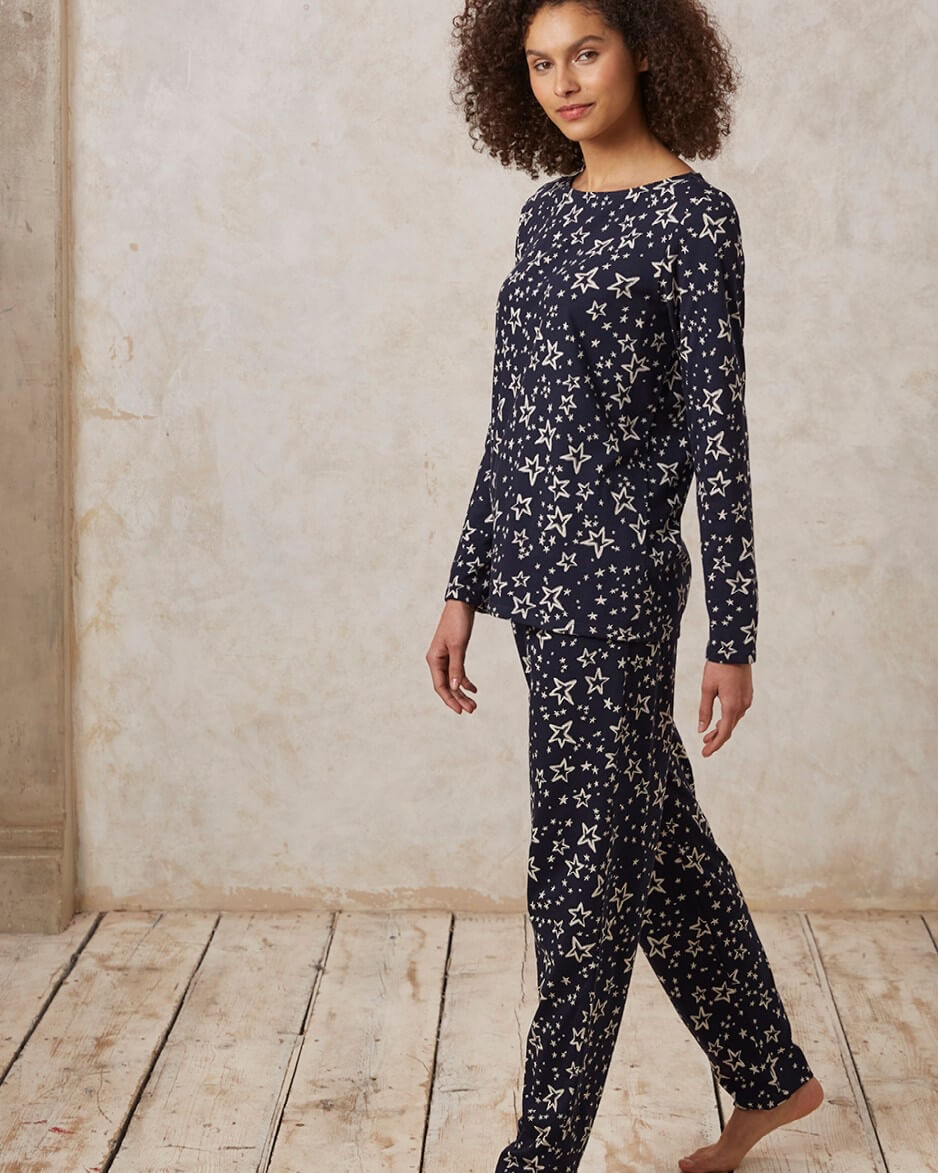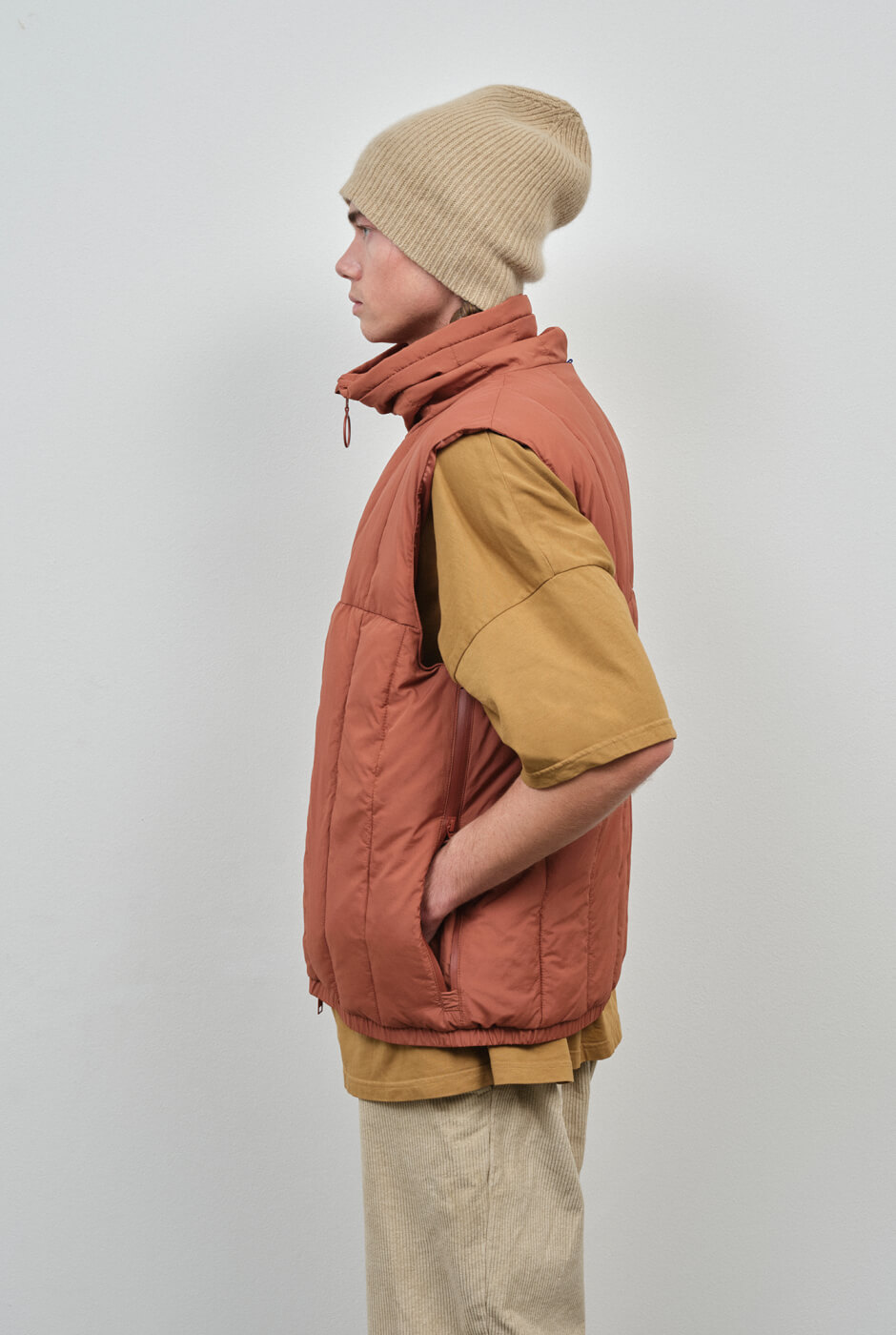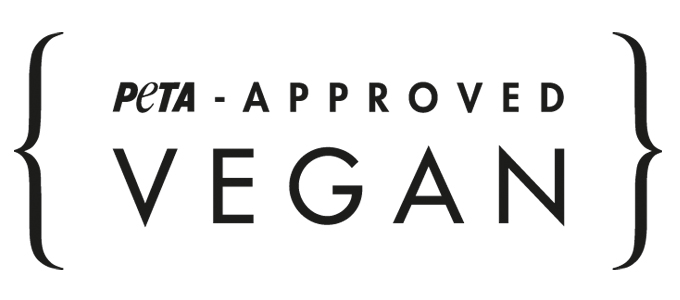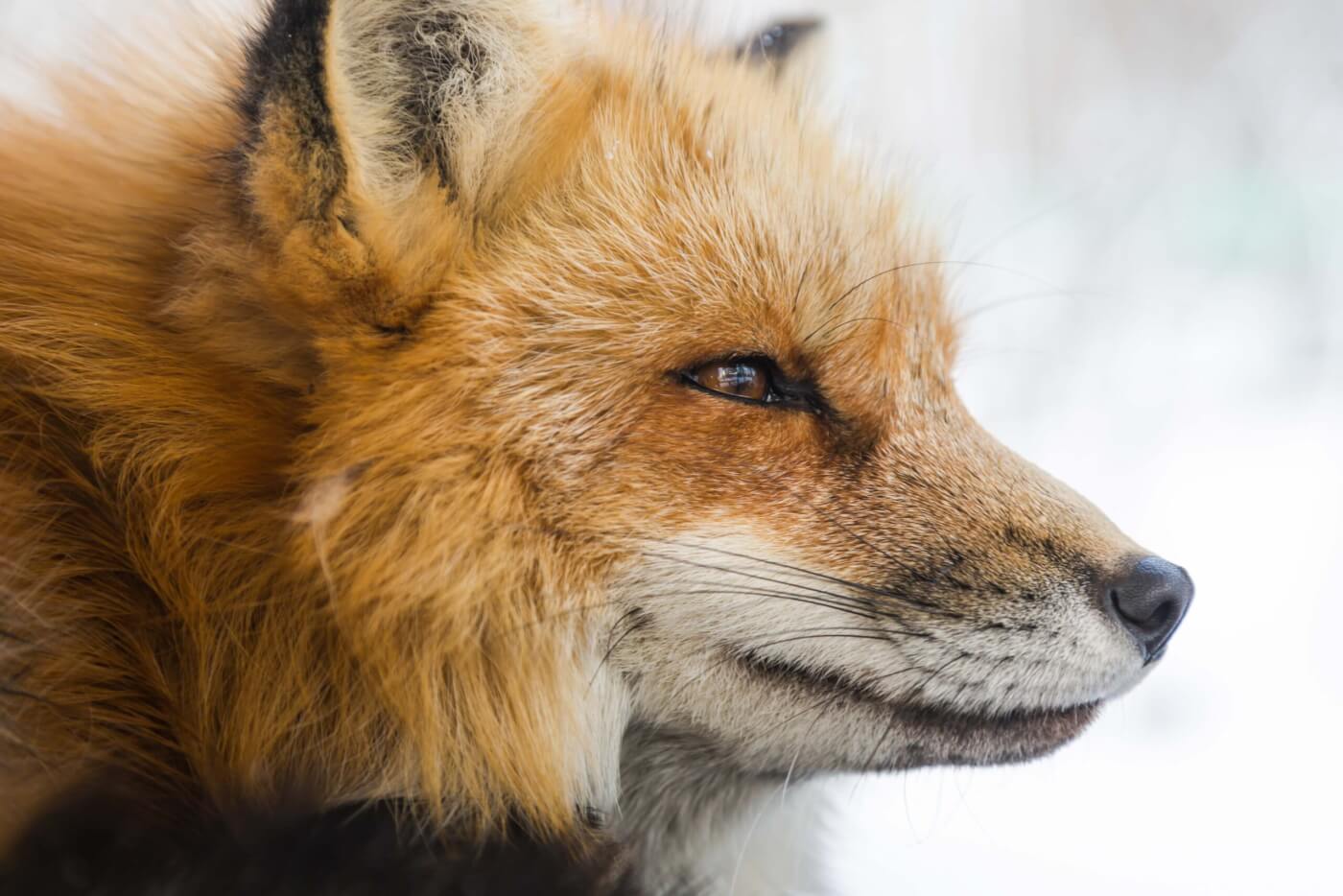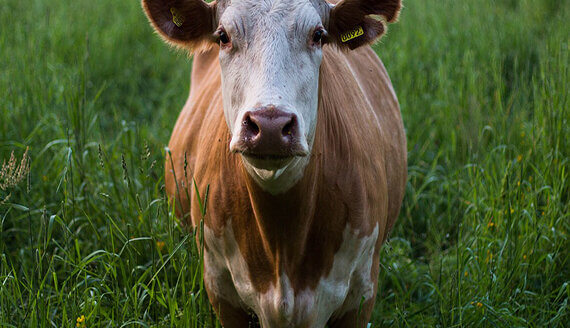Vegan Fashion: Your Guide to the Basics
Adopting a compassionate, vegan, and anti-speciesist lifestyle is about more than just the food you consume. It extends to many of the other decisions we make in our daily lives, too.
At its core, being vegan is about showing care and respect for other living, feeling beings. One area in which you can make significant changes for animals is in the clothes you purchase and wear. Read on to learn how you can stop wearing animals’ hair, skin, and feathers and choose high-quality vegan materials instead.
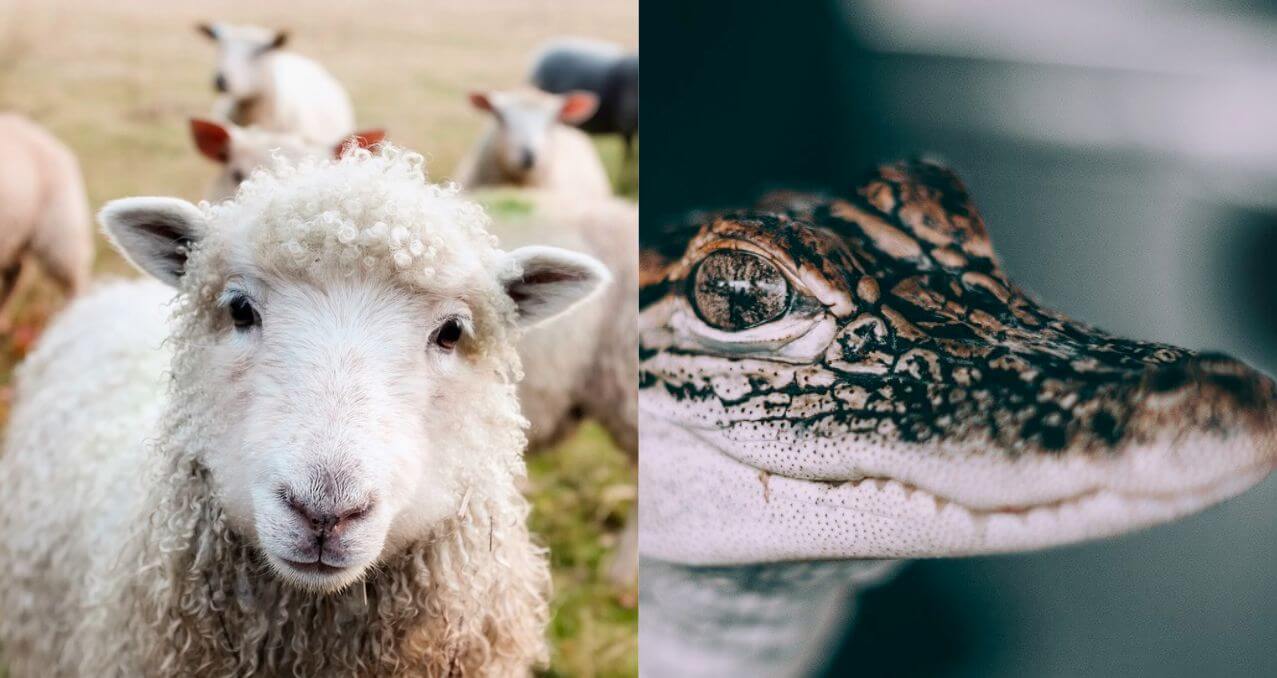
Leather and Wildlife Skins
What Are They?
Leather is made from the skins of animals including cows, pigs, goats, cats, and dogs. Some skins are considered “exotic” in the fashion industry, such as those taken from kangaroos, ostriches, and alligators, crocodiles, and other reptiles. Skins are used for a variety of clothing and accessories.
Why Should You Avoid Them?
Around 1 billion animals per year are killed for leather. Many of them endure extreme confinement on factory farms and a long, gruelling journey to the abattoir. In many countries, animals are killed without first being stunned. They’re simply tied up, and their throats are cut with a dull knife. It can take several minutes for them to die. Investigations into the wildlife-skins industry has revealed that nails were driven into the heads of live snakes and lizards were decapitated without being stunned.
Studies from within the fashion industry have identified leather as the worst material for the environment, too, as it not only shares responsibility for all the ecological damage caused by the meat industry but also pollutes the Earth with as many as 130 different chemicals used in the tanning process. But tanning is far from the only environmental issue connected to leather. Raising animals on a massive scale is devastating the planet, and selling “vegetable-tanned” leather, as some brands do in an attempt at green-washing, does nothing to mitigate that damage.
The lack of transparency in the industry means that it’s very difficult to know which animal you’re wearing, and an undercover PETA Asia investigation has revealed that even dogs are bludgeoned and killed for leather. But whether leather comes from cows, cats, or snakes, no animal should die so that humans can wear their skin.
What’s in a Label?
Avoid products that mention leather, calfskin, lambskin, snakeskin, crocodile skin, nubuck, suede, or shearling.
Brands and Materials to Wear Instead
Many brands offer animal-free leather, from affordable options to high-end designs. Read the label, and if it’s not clear, enquire with the brand – this will remind companies that consumers care about animals. Check out the winners of our PETA Fashion Awards for some inspiring examples.
Animal-free leather is made from a wide range of materials, including pineapple leaves, cork, apple peels, corn, mushrooms, cacti, and recycled plastic. Innovative manufacturers are even working on bio-fabricated leather grown in laboratories!
Wool, Cashmere, Mohair, Alpaca, and Angora
What Are They?
Wool is the hair of a lamb or a sheep, while shearling is their skin with the fleece still attached. Alpaca is the wool of an alpaca. Angora is the hair of a rabbit, while mohair and cashmere come from goats. These materials are often used for clothing, accessories, and upholstery.
Why Should You Avoid Them?
Exposés by PETA entities have shown that the production of wool spells extreme suffering for sheep and lambs, who are victims of extreme violence until they are no longer considered useful and are sent to slaughter.
The shearing process is usually a violent and terrifying experience for sheep. As prey animals, sheep are terrified of being pinned down. This natural fear can make them resistant to the shearing process, so shearers often force them into obedience through violence. Shearers are paid by volume, not by the hour, which encourages fast, rough handling that leaves gaping wounds on the animals’ bodies.
When lambs are just a few weeks old, their ears are hole-punched and their tails cut off. Farmers use knives, hot irons, or tight clamps to sever parts of the animals’ bodies, often without painkillers.
Alpaca, mohair, angora, and cashmere are all products of violence, too.
A PETA undercover exposé revealed that workers hit, kicked, tied down, and mutilated pregnant, crying alpacas in Peru, the world’s top alpaca producer.
Mohair is taken from angora goats, who are forced to endure the extremely stressful process of shearing. On some farms, baby goats are dehorned at just 1 to 2 weeks old. Workers burn off their horns and remove the testicles of male kids, usually with no pain relief.
The global angora industry was decimated by the release of PETA’s exposé of Chinese farms, as hundreds of major fashion companies pledged to stop using the material in their collections. However, some designers and retailers continue to sell it. To make angora, rabbits are tied to tables and their hair is torn out. While their natural life expectancy is around 12 years, on farms, the animals are often killed when they’re just 2 to 3 years old, once their yield declines.
Cashmere is made from the soft undercoat of goats who are abused and violently killed. A PETA Asia investigation revealed workers holding down goats, stepping on them, bending their legs into unnatural positions, and then tearing out their hair with sharp metal combs.
The production of these materials also harms the environment by damaging land, polluting water, and contributing to the climate catastrophe. Producing a wool garment can emit 27 times more greenhouse gas–equivalent emissions than a cotton garment. Cashmere is one of the most environmentally harmful materials, contributing to desertification as goats raised for cashmere eat vast quantities of grass – root and all – preventing regrowth.
Once they’ve been abused for their fleece or hair, lambs, goats, and rabbits all face a terrifying trip to the slaughterhouse to be killed for shearling or meat.
What’s in a Label?
Avoid products that mention wool, merino, vicuña, angora, alpaca, cashmere, llama, mohair, or pashmina.
Brands and Materials to Wear Instead
These days, cosy, animal-friendly jumpers can be found on many shop shelves. Brands such as jakke, Brave GentleMan, House of Sunny, Nobody’s Child, Sarah Regensburger, and many others all offer knitwear that no animal had to suffer for.
Choose vegan fabrics like hemp, cotton, bamboo, soya-bean fibre, Nullarbor (made from coconut), Woocoa (made from coconut and hemp), Tencel (made from wood pulp), banana wool, and recycled polyester (rPET), which can all help you stay warm.
Fur
What Is It?
Fur is an animal’s coat that is still attached to his or her skin. Animals killed for their fur include bears, beavers, cats, chinchillas, dogs, foxes, minks, rabbits, raccoons, and seals. It is used for hats, hoods, scarves, and other accessories.
Why Should You Avoid It?
Every piece of fur represents a life that has been taken – from an individual killed on a fur farm or trapped in the wild. Animals on fur farms spend their lives in misery, confined to small wire cages before they’re suffocated, electrocuted, gassed, or poisoned. Those who are trapped in the wild can suffer for days from blood loss, shock, dehydration, frostbite, gangrene, and injuries sustained in attacks by predators.
Every stage of fur production also harms the planet. To prevent fur from rotting, producers use a cocktail of toxic chemicals such as formaldehyde and chromium.
What’s in a Label?
Keep an eye out for labels listing fur, mink, muskrat, fox, sable, beaver, karakul, raccoon, mole, marten, weasel, rabbit, coney, rex, lapin, seal, or chinchilla.
Brands and Materials to Wear Instead
Fur is archaic and cruelly obtained, and most forward-thinking fashion retailers have gone completely fur-free already. Faux fur can be found from responsible fashion brands like jakke, Culthread, Unreal Fur, and Shrimps.
Silk
What Is It?
Silk is the fibre that silkworms weave to make their cocoons – it’s used to make shirts, scarves, and dresses.
Why Should You Avoid It?
Silk is secreted by silkworms and serves as protection during their pupal stage. Most of these insects don’t live past this stage, as they are boiled and gassed alive inside their cocoons to obtain their silk.
Silk is also said to be the second-worst environmental offender in the fashion industry, right behind leather. Silk production requires large amounts of energy, as farms have to be kept at a high temperature.
What’s in a Label?
Avoid products labelled silk.
Brands and Materials to Wear Instead
Many brands now opt for superior vegan materials over silk. Innovative manufacturers are making soft, silky fabrics from animal-free sources, like Cupro, which comes from the cotton plant; ramie, derived from nettles; and even citrus-juice byproducts. Retailers like People Tree, Nobody’s Child, Neu Nomads, Noumenon, and Sarah Regensburger carry satiny and silky items made from vegan materials.
Down and Other Feathers
What Are They?
Down is the soft layer of feathers closest to a bird’s skin, and down stolen from geese and ducks is used in some puffy jackets, pillows, and bedding. Other feathers used in the fashion industry are taken from birds such as ostriches.
Why Should You Avoid Them?
For nearly a decade, PETA exposés have revealed extreme cruelty in the down industry. Birds often spend their entire lives in crowded, filthy conditions, only to be grabbed by the neck, wings, or feet and stuffed into a crate for a gruelling journey to the abattoir through all weather extremes.
“Responsible” down does not exist. Investigative footage of Vietnam’s down industry shows a worker stabbing conscious ducks in the neck and workers cutting the legs off live, struggling birds. Their feathers were later sold to brands as “responsibly sourced” under industry labelling scheme the Responsible Down Standard (RDS). Companies including Marks & Spencer, H&M, Gap Inc, Lacoste, and Guess were all identified as recipients of down from the RDS-certified suppliers investigated by PETA Asia, and all obtain feathers from Vietnam.
Down may also be a coproduct of foie gras, for which geese and ducks are force-fed to make their livers swell to up to 10 times their normal size before finally being sold as a “delicacy”. No matter how feathers were obtained, they belong to the animals who grew them.
The feathers used to embellish hats or trim clothing can come from ostriches, marabous, emus, peacocks, pheasants, chickens, and other birds – and they are always stolen property.
Ostriches and emus are both clipped and plucked for their feathers. A PETA investigation in South Africa documented that ostriches were packed into open-topped vehicles for the terrifying journey to slaughter. Once they reached the slaughterhouse, workers forcibly restrained each bird, electrically stunned them, and then cut their throats. Moments later, the birds’ feathers were torn off their still-warm bodies, before they were skinned and dismembered.
What’s in a Label?
Avoid products mentioning down and feathers of any kind.
Brands and Materials to Wear Instead
The fashion industry has perfected the art of creating warm, packable jackets using high-tech vegan materials that frequently outperform feathers – without hurting birds. Always choose jackets and accessories made from synthetic materials, including recycled polyester, like Thinsulate, Polartec Alpha, and PrimaLoft. Brands like Save The Duck, Embassy of Bricks and Logs, and Napapijri offer animal-free jackets and accessories. The North Face, Jack Wolfskin, and Klättermusen all offer lines of synthetic jackets – however, be sure to read the label before purchasing.
High-end fashion is getting creative and using different materials to recreate the look of feathers. Dutch designer Iris van Herpen has created “feathers” from silicone, and milliner Philip Treacy has used tulle fabric. Demna Gvasalia, creative director at Balenciaga, recognises that feathers are as cruel as fur and refuses to use them in collections.
How to Find the Label
The label in shoes is often printed on the inside, towards the heel or under the tongue. On garments, look for the label inside the item’s neckline or waistband or in the side seam, near the bottom.
Look for Our ‘PETA-Approved Vegan’ Logo
Our “PETA-Approved Vegan” label allows clothing and accessory companies to identify their animal-friendly products. All companies that use the logo must sign PETA’s statement of assurance verifying that their product is vegan.
Help Animals Killed for Fashion
Learn how to live in harmony with animals: visit our “Living” section for tips on all aspects of animal-friendly living, from eating vegan to buying animal-friendly clothing and cosmetics.
Subscribe to PETA News and join our action team to receive e-mail alerts for new petitions and other actions to help animals.
Speak out for animals killed in the fashion industry now by using our action page:

